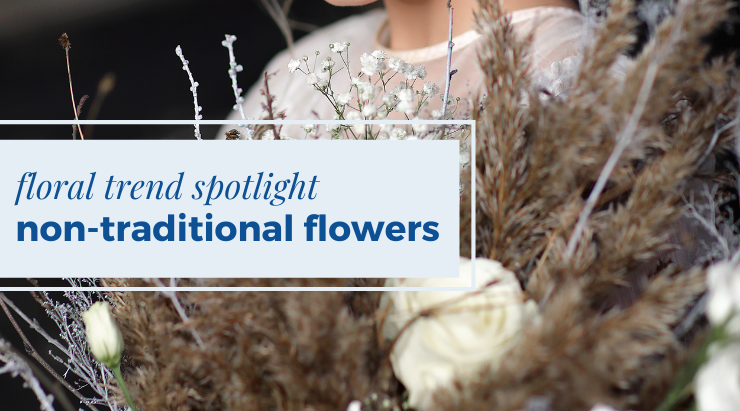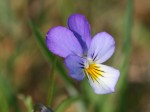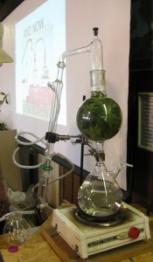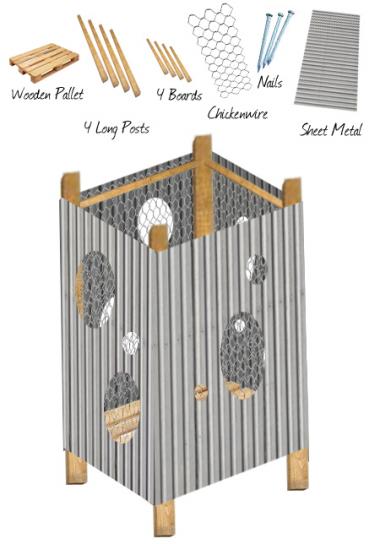
One of the most popular floral trends recently has been non-traditional flowers! These unique additions can add a flair of fun and make every bouquet one-of-a-kind. Here are some ways you can add some non-traditional elements to your next arrangement! [Read more…]


 Find Your
Find Your  Friday, we went out on buses to the banks of several Arkansas Rivers — White River, Red River, and Buffalo River. Our guides identified almost every bit of green we could find. We saw elderberry, dock, pepper grass, false nettle, chickweed, cress, wild mustard, wild garlic, and so much more. You’d be surprised how much you can eat in your lawn. (Though I must admit, the Johnny Jump-up flowers are delicious and I’ve been eating them out of my lawn since I got home. My friends think I’m nuts!)
Friday, we went out on buses to the banks of several Arkansas Rivers — White River, Red River, and Buffalo River. Our guides identified almost every bit of green we could find. We saw elderberry, dock, pepper grass, false nettle, chickweed, cress, wild mustard, wild garlic, and so much more. You’d be surprised how much you can eat in your lawn. (Though I must admit, the Johnny Jump-up flowers are delicious and I’ve been eating them out of my lawn since I got home. My friends think I’m nuts!) The last part of the seminar was how to distill herbs for their natural essential oil and hydrosol (plant’s water). The glass still (pictured right) holds 1 liter of basil. The glass on the hotplate is boiling and pushing steam through the basil. The basil’s water and oils turn to steam and condense in the glass tubing. Once the oil and water separate, they cannot become one again so they collect at the bottom of the tube. The quantity of oil is significantly less than that of the water and is extremely concentrated. Hydrosol is the plant or flower’s water. It is milder than the essential oil and has unlimited possibilities. The smell of the hydrosol is very strong, making it very valuable for candles, room sprays and other fragrant products. It is also much more gentle than essential oils which makes it great for cosmetics, pet products and bath products.
The last part of the seminar was how to distill herbs for their natural essential oil and hydrosol (plant’s water). The glass still (pictured right) holds 1 liter of basil. The glass on the hotplate is boiling and pushing steam through the basil. The basil’s water and oils turn to steam and condense in the glass tubing. Once the oil and water separate, they cannot become one again so they collect at the bottom of the tube. The quantity of oil is significantly less than that of the water and is extremely concentrated. Hydrosol is the plant or flower’s water. It is milder than the essential oil and has unlimited possibilities. The smell of the hydrosol is very strong, making it very valuable for candles, room sprays and other fragrant products. It is also much more gentle than essential oils which makes it great for cosmetics, pet products and bath products.

 Lavender – medicinal, culinary, aromatic, cosmetic and crafty uses. Great fragrance! I will be growing a few different kinds of lavender. I can’t wait to make my first lavender wand!
Lavender – medicinal, culinary, aromatic, cosmetic and crafty uses. Great fragrance! I will be growing a few different kinds of lavender. I can’t wait to make my first lavender wand!
